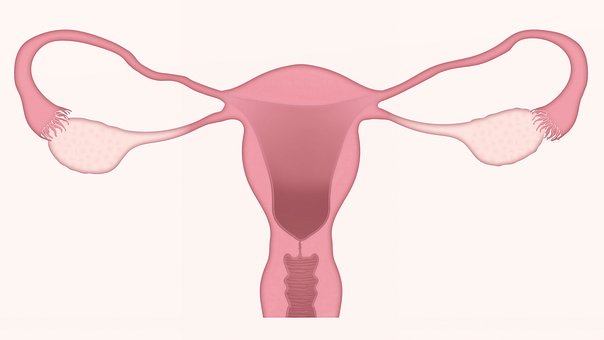Causes of Endometriosis: Endocrinology(2)
Prostaglandins can directly act on the hypothalamus and pituitary gland, affect the release of gonadotropins in the hypothalamus, and the synthesis of ovarian hormones, cause endocrine disorders and cause dysmenorrhea through contraction of myometrium and blood vessels. But the contraction of the uterus is easy to make the blood flow back, and the menstrual products pollute the pelvic cavity.
2. Theory of luteinized unruptured follicle
Luteinized unruptured follicle (LUF) is a special type of anovulation, which may be related to the occurrence of EMS.
After ovulation, the concentration of estradiol and progesterone in the peritoneal fluid of normal women is very high, which makes the endometrial cells of reflux degenerate, while the clinical manifestations of LUF patients have ovulation characteristics, BBT It is bi-directional type. The endometrium has a change of secretory period and the rise of progesterone in the blood in the second half of the menstrual cycle.
However, through laparoscopy, it is found that there is no sign of ovulation in the ovary itself, such as no luteal hematoma, no trace of ovulation on the surface of the ovary. The follicle may have luteinization, but the concentration of estrogen and progesterone is low.
High concentration of progesterone can inhibit the growth of active endometrium, while the content of progesterone in the peritoneal fluid of luteinized follicular patients is low, and the control of endometrial cells is lost, so the growth is active.
You may also be interested in:



